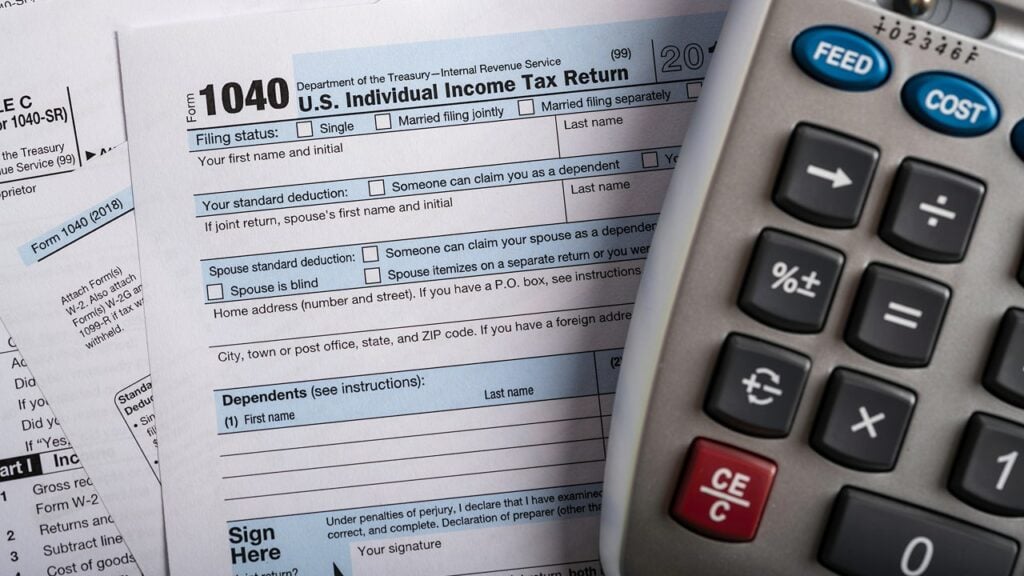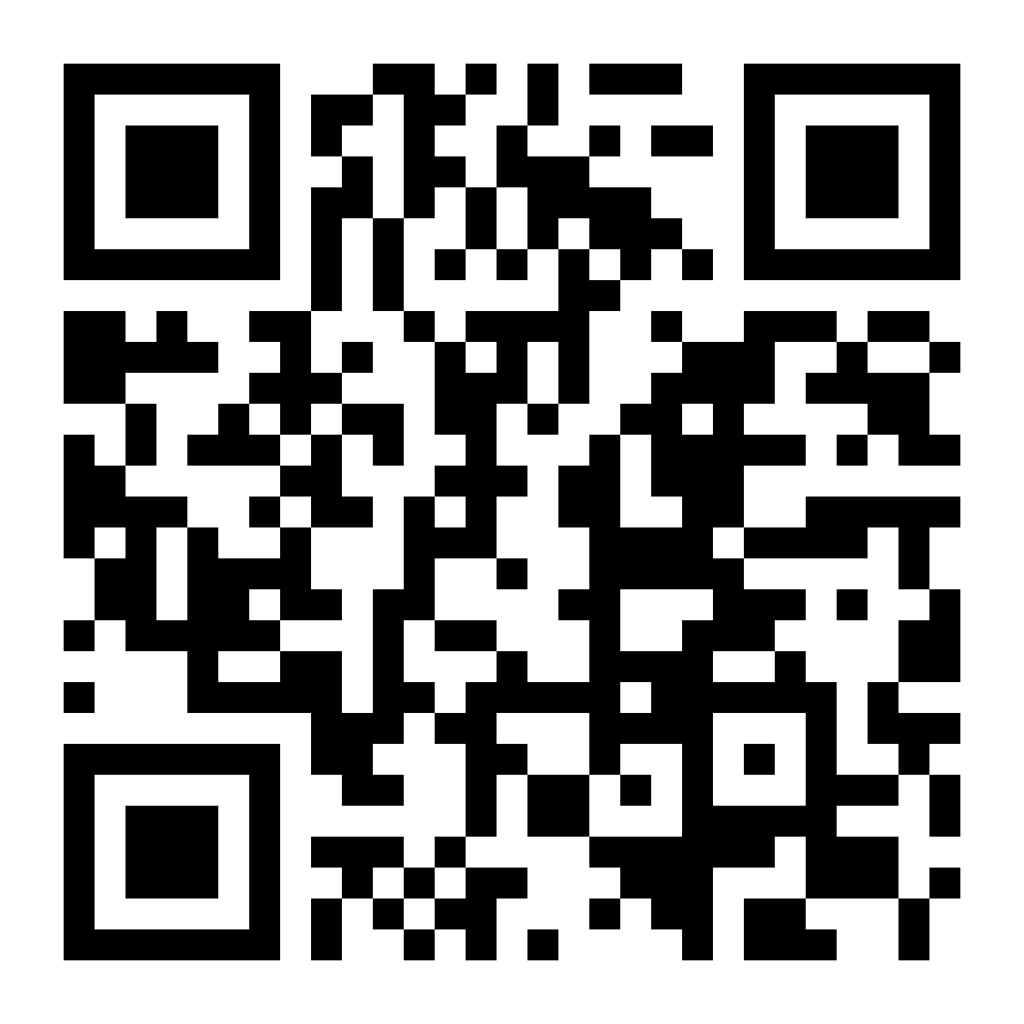For many, tax season can bring about a frequent panic – digging through old shoe boxes, searching through your email, just hoping you can find every single receipt from the past year. The good news? Not every tax deduction requires a traditional receipt!
The IRS allows several major deductions based on alternative forms of documentation, and understanding how this works can save you time, money, and stress. Whether you’re self-employed, run a small business, or work from home, these receipt-free deductions could put hundreds or even thousands of dollars back in your pocket.
Related: Common Tax Deductions To Plan for in 2025
These are legitimate, IRS-approved methods that many taxpayers may not know about, which means they’re leaving money on the table every tax season. This article is here to help!
Deductions Without Receipts: IRS Documentation Requirements
One of the biggest misconceptions about tax deductions is that each one requires a physical receipt. While they’re certainly the usual gold standard for proving expenses, the IRS actually accepts different types of documentation to substantiate your claims.
The IRS does need some sort of proof that the expense occurred, when it happened, how much it cost, and whether or not it was business-related. A receipt can usually provide all of this info in a neat package, but you can also piece together this info from different sources.
Bank statements, digital records, invoices, and even detailed logs can serve as acceptable documentation for many of your business expenses. Keep in mind that different deductions can require different levels of adequate proof.
Related: Are Car Repairs Tax Deductible?
For some deductions, the IRS has developed simplified methods specifically designed to reduce paperwork burdens. These methods often involve standard rates and formulas that eliminate the need for detailed receipt tracking altogether.
Major Deductions You Can Claim Without Receipts
Several major tax deductions can be claimed using alternative methods besides receipts, and some don’t require any external proof at all! These deductions can add up to significant tax savings, especially for self-employed people and small business owners.
Vehicle and Mileage Deductions
If you drive your personal vehicle for work, your vehicle expenses can represent one of your largest deductions you can claim. This is one of those deductions where the IRS makes things easy by providing a standard rate.
Related: Are Tolls Tax Deductible? | How To Deduct Tolls on Your Taxes
Instead of saving every gas receipt and maintenance bill, you can simply track the miles you drive for business and multiply by the standard mileage rate the IRS releases each year.
The current standard mileage rate for 2025 is 70 cents per mile. This rate is calculated to cover all vehicle-related expenses, including gas, maintenance, insurance, and depreciation.
The only requirement to claim this deduction is to keep an accurate log of your business mileage, including dates, destinations, and the purpose. You can use a handwritten log, but using an automatic mileage tracker like TripLog makes things easy.
Apps like TripLog start tracking when you start driving, and stop when you stop. Plus, TripLog is the only mileage tracker app to offer free unlimited automatic mileage tracking!
Home Office Expenses
If you use part of your home exclusively for business, you can claim the home office deduction without needing receipts for every utility bill or mortgage payment. The IRS offers two methods, and one is specifically designed to minimize paperwork.
The simplified method allows you to deduct $5 per square foot of your home office space, up to 500 square feet maximum. This means you could potentially deduct up to $1,500 annually without keeping a single receipt for home-related expenses!
If you choose the regular method, you can still claim the deduction using alternative documentation like mortgage statements, utility payment statements, and property tax records. This requires significantly more work and effort, however.
Related: Can You Write off Your Car Purchase on Your Taxes?
Just keep in mind that the space must be used regularly and exclusively for business purposes. For example, a spare bedroom that doubles as an office won’t qualify, but a dedicated workspace will.

Self-Employment and Health Benefits
Can You Deduct Self-Employment Taxes Without a Receipt?
Self-employment comes with unique tax advantages that don’t require any receipts at all. These deductions are built into the tax code and often calculated automatically by tax software like TurboTax.
If you’re self-employed, you can deduct half of your self-employment taxes from your adjusted gross income. This deduction happens automatically when you file Schedule SE with your tax return. No documentation is needed beyond your business income records.
The self-employment tax covers your Social Security and Medicare contributions, and since you’re paying both the employee and employer portions, the IRS allows you to deduct the employer portion. This alone can save you hundreds or thousands of dollars depending on your income level.
Can You Deduct Health Insurance Premiums Without a Receipt?
Health insurance premiums can be another large deduction opportunity for self-employed people. You can deduct premiums paid for medical, dental, and long-term care insurance for yourself, your spouse, and your dependents.
Related: Top 15 Easy Tax Deductions For The Self-Employed
Instead of keeping individual premium receipts, you can typically download annual payment summaries from your insurance company’s website. Many insurers also provide Form 1095-A or similar documentation that summarizes your annual premium payments.
Retirement plan contributions can also offer large tax benefits without requiring traditional receipts. Whether you contribute to a traditional IRA, SEP-IRA, or solo 401(k), your account provider will send you Form 5498 documenting your contributions.
This form serves as your official documentation, and you don’t need to keep individual contribution receipts. The contribution limits are big, up to $70,000 for SEP-IRAs and even more for solo 401(k)s.
Other Common Receipt-Free Deductions
Cell phone expenses can be partially deducted if you use your phone for business purposes. Rather than tracking every call, you can just estimate the percentage of business use and deduct that portion of your monthly bill.
You can access detailed usage records and payment history on your cell phone provider’s website. This information, plus a reasonable estimated business use percentage, will usually satisfy the IRS’ requirements without needing individual receipts.
Charitable donations under $250 can be deducted using bank records or direct acknowledgements from the charity instead of formal receipts. A bank statement showing the donation amount and date, combined with, say, the charity’s thank-you statement, can be a way to provide adequate documentation.
Related: How To Keep Track of Business Expenses for Taxes
For charitable mileage, you can deduct 14 cents per mile in 2025 in service of qualified organizations. Like business mileage, this only requires a simple log of dates, destinations, and charitable purposes.
Alternative Documentation Methods for Claiming Deductions on Your Taxes
The digital age has transformed what constitutes acceptable tax documentation. Things like bank statements, credit card records, and online account summaries can often be a more reliable method of providing proof than paper receipts that can fade, tear, or get lost.
Your financial institution’s records will show you the date, amount, and payee for every transaction. When combined with invoices or contracts, these records can constitute a complete audit trail.
You can store your digital records in the cloud, ensuring they’re available when you need them. Some apps like TripLog also allow for OCR receipt capture, letting you scan your receipts and store them digitally instantly.
Claiming Tax Deductions Without Receipts: Mistakes to Avoid
The biggest mistake you could make is overestimating business usage percentage without proper evidence. For example, claiming 90% of your phone use is business when you clearly use it for personal phone calls will raise red flags during an audit.
Related: 6 Common IRS Tax Penalties for Small Businesses (And How To Avoid Them)
Another common error is mixing personal and business expenses without clear separation. It’s very important to keep business and personal accounts separate whenever you can, and maintain detailed records explaining any mixed-use expenses.
How to Maximize Your Deductions
You should focus on the highest-value deductions first. Mileage and home office expenses typically offer the biggest tax savings, so you should prioritize getting those set up correctly.
Using automated tools like TripLog for mileage and expense management can help make tracking your deductible expenses easy. If you’re unsure about what documents you require or if your tax situation is more complex, we recommend consulting with a tax professional.
Deductions You Can Claim Without Receipts: FAQ
Q: Can I really claim tax deductions without keeping receipts?
A: Yes, the IRS accepts various forms of alternative documentation for different types of deductions. Bank statements, digital records, and standardized rates (like mileage) can often be a substitute for traditional receipts, as long as you can prove the expense occurred and was business-related.
Q: What’s the biggest deduction I can claim without receipts?
A: Vehicle mileage using the standard mileage rate is often the largest receipt-free deduction. With the current rate of 70 cents per mile for 2025, driving 10,000 business miles could result in a $7,000 deduction with just keeping an accurate mileage log!
Q: Do I need receipts for the home office deduction?
A: Not if you use the simplified method, which allows you to deduct $5 per square foot up to 300 square feet ($1,500 maximum) without any receipts. The regular method will require some documentation, but not necessarily traditional receipts for every expense.
Q: How do I prove mileage deductions without gas receipts?
A: You need to keep a detailed mileage log that shows dates, destinations, mileage and the business purpose. Using TripLog to automatically create IRS-compliant mileage logs using GPS tracking makes this entire process easy!
Q: What if I don’t have any documentation for a business expense?
A: Bank or credit card statements can often serve as backup documentation, especially when combined with other forms of evidence like contracts or invoices. However, some form of record is always required. You can’t claim deductions with zero documentation.
Q: Are digital receipts and records acceptable to the IRS?
A: Absolutely! Digital records are fully accepted and are often preferred because they’re easier to organize, search for, and backup. Email confirmations, online account statements, and photos of receipts all can qualify as proper documentation.
Deductions You Can Claim Without Receipts: Conclusion
These days, not every tax deduction needs a traditional receipt to claim. Understanding how this works can save you thousands of dollars on your taxes.
Related: How To Deduct Vehicle Depreciation on Your Taxes
From mileage tracking to home office deductions, you can find many valuable deductions that use alternative documentation methods that are often much easier to maintain than paper receipts. With that in mind, they still will require some form of documentation.
Using an app like TripLog for mileage and expense tracking can turn tax season from an annual stressor into an easy to manage process. Download TripLog on iOS or Android today and start tracking your unlimited automatic mileage tracking journey – for free!









